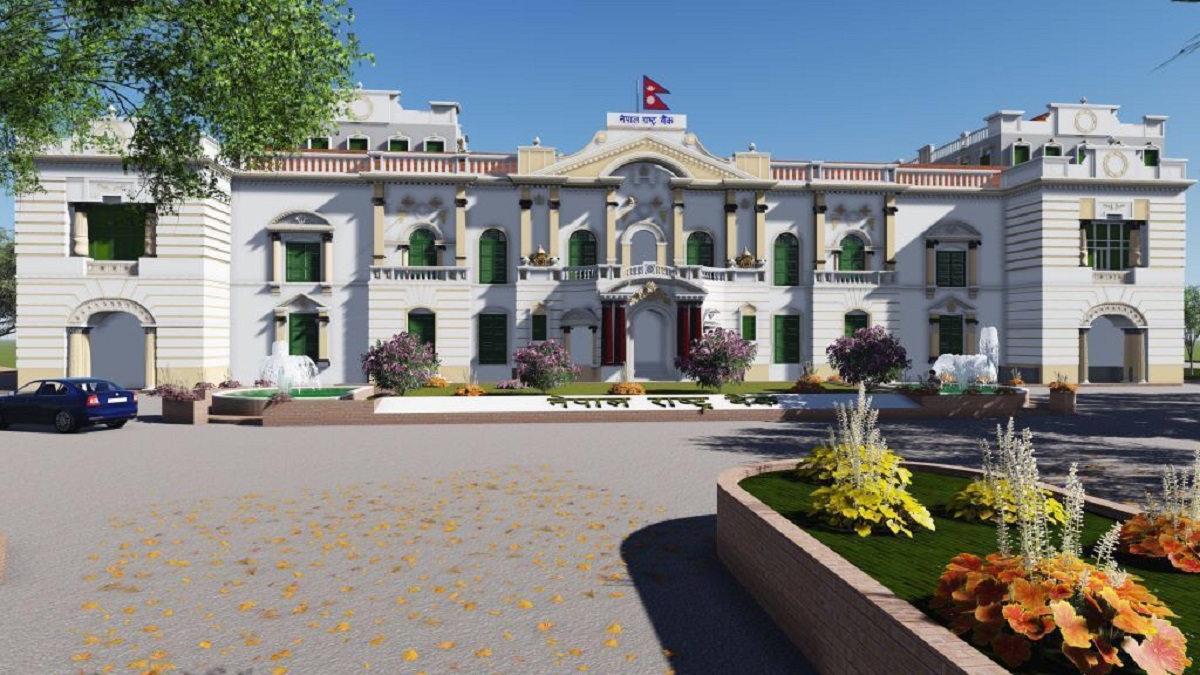KATHMANDU: Nepal Rastra Bank (NRB) unveiled its projections for the current financial year, estimating a robust economic growth ranging between 4 to 5 percent.
This revelation comes amid a backdrop of increased tourist arrivals, a surge in remittances, a decline in interest rates, and a notable uptick in credit disbursements.
Contrary to the ambitious target of 6 percent set in the budget for the fiscal year 2023/24, the central bank anticipates a slightly more conservative yet commendable growth rate.
The economic landscape is shaping up positively due to the aforementioned factors, creating an optimistic outlook for the fiscal year, according to NRB.
The projections extend to the realm of consumer price inflation, with expectations that it will witness improvement.
The decline in price inflation in India and an enhancement in wholesale price inflation within Nepal are cited as contributing factors.
Delving into the economic situation, the report reveals that the price increase in October 2022/023 stood at 7.5 percent, reflecting a 1 percentage point decrease compared to the previous year.
However, this figure is slightly higher than the targeted 6.5 percent outlined in the monetary policy.
The surge in overall price increase is particularly noticeable in the food and beverages category, which experienced an 8.4 percent rise, while the non-food and service group saw a 6.8 percent increase in the same period.
On the external front, there are positive indicators of strength. After a prolonged decline, imports witnessed a 1.7 percent increase till the end of October this year, only to decrease by 3.8 percent in November.
The trade deficit also contracted by 3.3 percent.
Remittance inflows, crucial for the country’s economic health, saw an impressive 30 percent surge, resulting in a surplus of 59 billion rupees in the current account.
Foreign investments have played a pivotal role in bolstering the current account balance, reaching 99 billion rupees as of October.
A notable increase in foreign investment compared to the previous year underscores the country’s attractiveness to global investors, with 3 billion 38 million rupees received by October in the ongoing financial year.
The foreign exchange reserves have witnessed a commendable uptick, reaching 16 trillion 43 billion or 12.3 billion US dollars in October.
This substantial reserve is deemed sufficient to cover the import of goods and services for a period of 10.3 months, reflecting a robust financial position for the nation.
In a striking contrast, tourist arrivals have experienced a remarkable uptick, soaring by an impressive 71 percent when compared to the same period in 2022.
Conversely, the trend in individuals seeking foreign employment has taken a downturn, witnessing a notable 21 percent decrease in the initial three months of the current financial year, despite a consistent increase in the preceding two financial years.
Turning our attention to the banking and financial sector, the broad money supply exhibited a substantial growth of 5.3 percent in October last year, followed by an even more robust increase of 14 percent in October.
Deposits held by banks and financial institutions witnessed an upward trajectory, escalating by 8.2 percent in the previous year and experiencing a more pronounced growth of 14.9 percent in the ongoing fiscal year.
In tandem, loans extended by banks and financial institutions to the private sector saw a significant surge, reaching 109 billion rupees during the initial three months of the current financial year.
Buoyed by improved liquidity conditions and declining interest rates, there is an optimistic projection that credit disbursement will continue to rise in the foreseeable future.









Comment